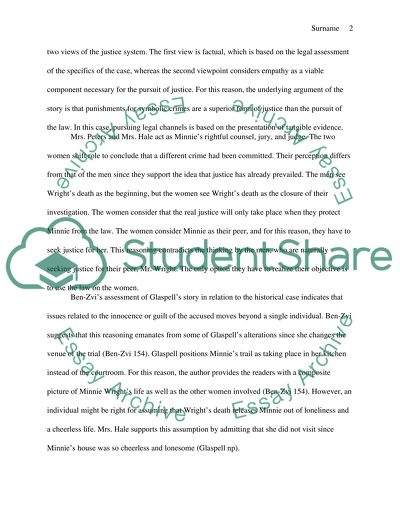Cite this document
(“Susan glaspell jury of her peers Research Paper”, n.d.)
Susan glaspell jury of her peers Research Paper. Retrieved from https://studentshare.org/literature/1668290-susan-glaspell-jury-of-her-peers
Susan glaspell jury of her peers Research Paper. Retrieved from https://studentshare.org/literature/1668290-susan-glaspell-jury-of-her-peers
(Susan Glaspell Jury of Her Peers Research Paper)
Susan Glaspell Jury of Her Peers Research Paper. https://studentshare.org/literature/1668290-susan-glaspell-jury-of-her-peers.
Susan Glaspell Jury of Her Peers Research Paper. https://studentshare.org/literature/1668290-susan-glaspell-jury-of-her-peers.
“Susan Glaspell Jury of Her Peers Research Paper”, n.d. https://studentshare.org/literature/1668290-susan-glaspell-jury-of-her-peers.


